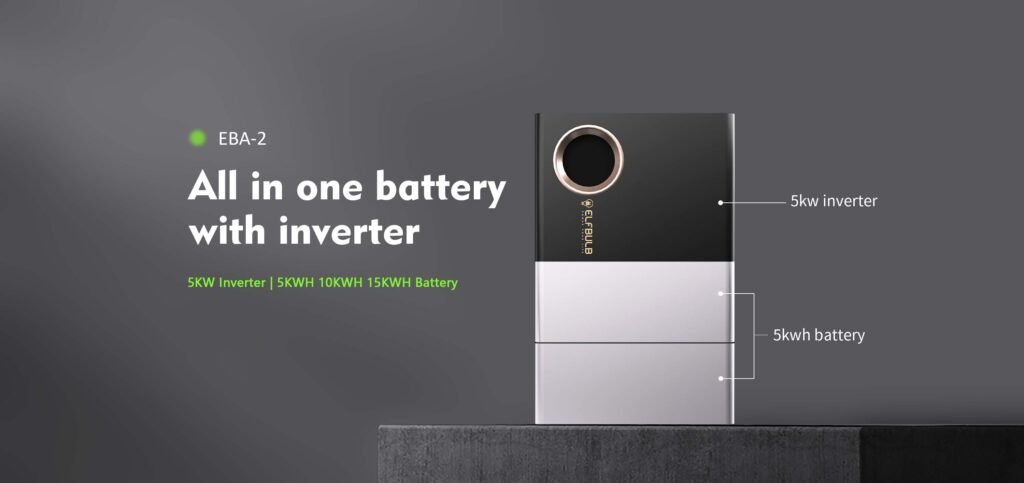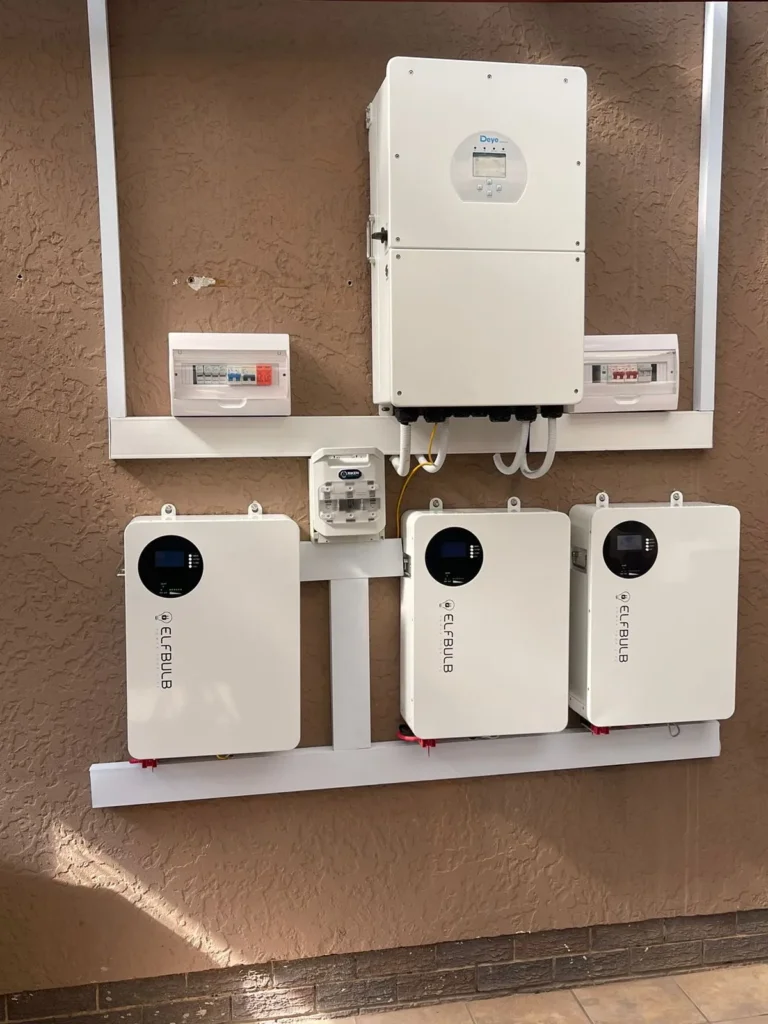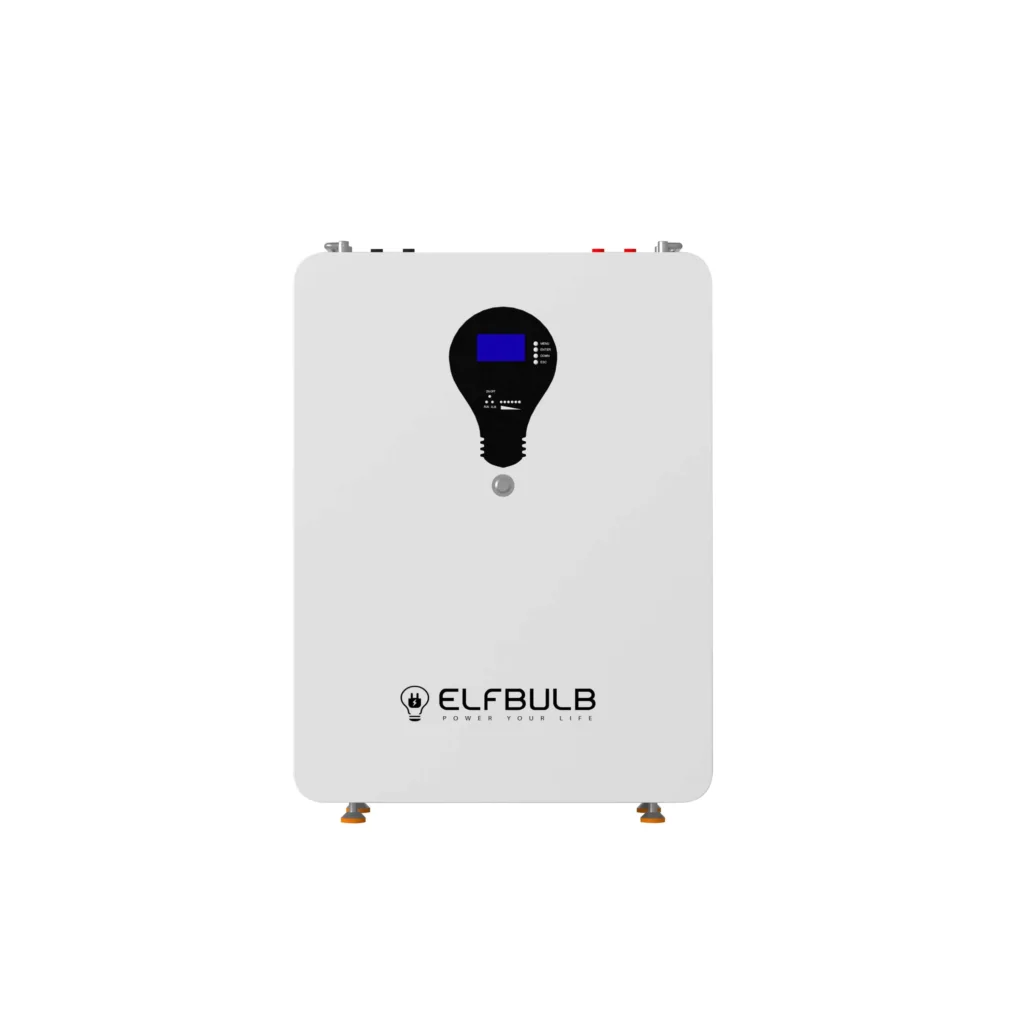Lithium batteries are increasingly powering our world, from electric vehicles to home energy storage. But how long does it take to charge a specific lithium battery, like a common 48V 100Ah battery used in e-bikes, golf carts, and more? This guide will unveil the key factors influencing charging time and help you estimate when your trusty battery will be ready to roll (or run) again.
The Charging Equation: Unveiling the Variables
Unlike filling a gas tank, charging a battery is a process governed by several factors. Here are the two main players that determine how long it takes to charge your 48V 100Ah lithium battery:
- Charger Amperage Rating: This refers to the amount of current your charger can deliver to the battery, measured in amperes (A). A higher amperage charger will juice up your battery faster.
- Battery Depth of Discharge (DoD): This indicates how much of the battery’s capacity you’ve used. A deeply discharged battery (DoD closer to 100%) will take longer to recharge than a partially used one.

Estimating Your Charging Time: A Step-by-Step Approach
Ready to calculate your estimated charging time? Here’s a simplified breakdown:
- Find Your Charger’s Amperage: Look for the amperage rating on your charger. It’s usually printed on a label or in the user manual.
- Convert Amp Hours (Ah) to Amps (A): To use the amperage rating in our formula, we need to convert the battery capacity (100Ah) to amps (A). Divide 100Ah by the battery voltage (48V) to get amps: 100Ah / 48V = 2.08A (rounded to two decimal places).
- Calculate Charging Time (Theoretical): Divide the battery capacity (in Ah) by the charger amperage (in A).
Example: Let’s say your charger has a 5A rating.
Charging Time = 100Ah / 5A = 20 hours (theoretical)
Refining the Estimate: Considering the DoD
The previously calculated time is a theoretical best-case scenario, assuming a completely discharged battery (DoD of 100%). In reality, the DoD will likely be lower. Here’s how it affects charging time:
- Shallower Discharge (DoD Less Than 50%): In this case, the charging time will be proportionally shorter than the theoretical estimate (around 10-15 hours).
- Deeper Discharge (DoD Closer to 100%): Expect a charging time closer to the theoretical estimate (20 hours) or even slightly longer (up to 22 hours).
Beyond the Basics: Other Factors at Play
While charger amperage and DoD are the main influences, a few other elements can influence charging time:
- Battery Chemistry: Different lithium-ion battery chemistries (e.g., LiFePO4 vs Lithium-ion Polymer) may have slight variations in charging characteristics.
- Battery Age and Condition: As batteries age, their charging efficiency can decrease, leading to slightly longer charging times.
- Temperature: Extreme temperatures (hot or cold) can slow down the charging process. Most lithium batteries perform best at moderate temperatures.
Optimizing Your Charging Experience: Tips for a Faster Charge
Here are some strategies to get the most out of your charging time:
- Match Charger Capacity: If possible, choose a charger with an amperage rating close to the battery capacity (around 5A) for optimal charging speed.
- Practice Smart Battery Usage: Avoid draining the battery completely whenever possible. Shallower discharges lead to faster charging times.
- Maintain Ideal Temperatures: Keep your battery and charger in a cool, well-ventilated area during charging.
The Takeaway: Charging Your 48V 100Ah Lithium Battery – A Tailored Experience
The charging time for your 48V 100Ah lithium battery depends on your specific charger, usage patterns, and battery health. By understanding the key factors and implementing these tips, you can estimate your charging window and ensure a smooth power flow for your electric adventures. Remember, these are estimates, and it’s always best to consult your battery and charger manuals for the most accurate information.
















